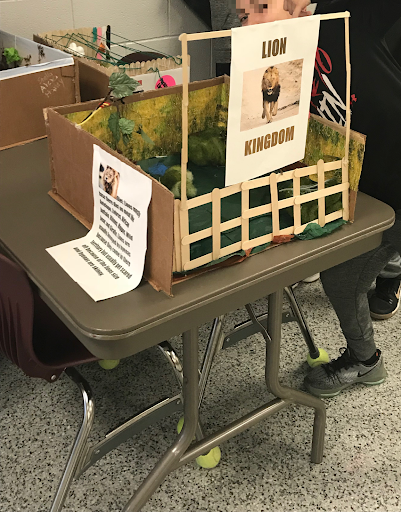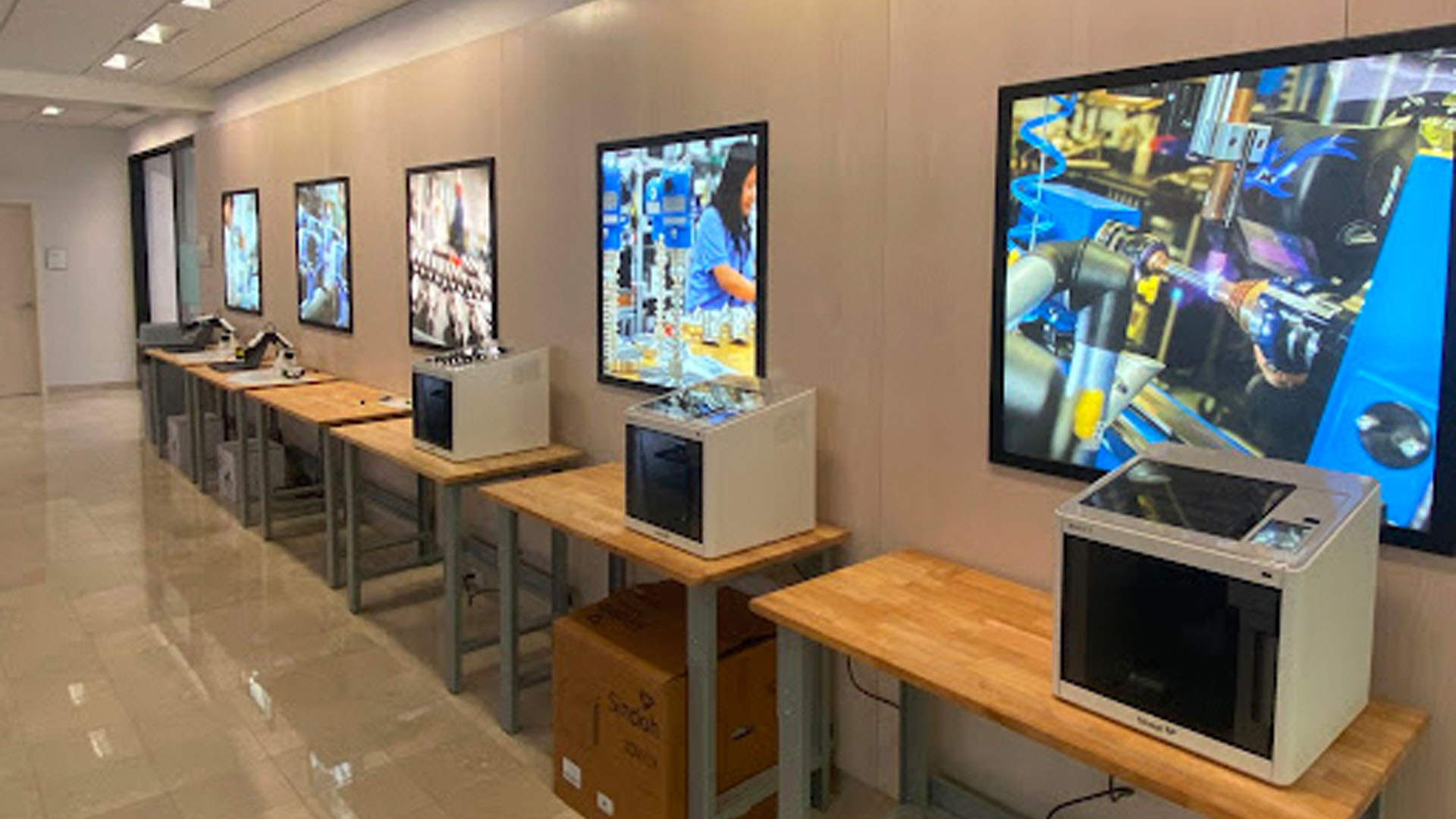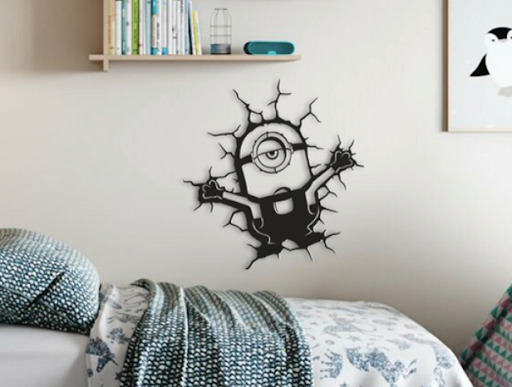Sustaining Your 3D Printing Program
In our previous installments of this series, we clarified our reasons for integrating 3D printing and connected skills to existing curricula and standards. In this final installment, we will explore ways to sustain and grow your program for many years to come.
Build a Core Team
One of the best ways to sustain your program is to build a core team of like-minded educators who support your efforts. While building my program, I enlisted a small group of colleagues willing to try new activities as part of their core curriculum. We planned instruction together, looking at ways that 3D printing could extend student learning and augment existing lessons. These teachers became my cheerleaders to the rest of the school. We designed lessons and units that could be reused and modified easily. Creating an ambassador program for students is another way to build a core team. Train up a group of students who are excited about the technology and have a natural affinity for it, and let them advertise your program. These students will generate enthusiasm and bring attention to what you are accomplishing with 3D printing. I capitalized on this excitement by opening up my makerspace during lunch and break periods for 3D printing. The steady stream of middle school students into the space was an attention-getter, and I was able to gather usage statistics to share with my administration.

“Train up a group of students who are excited about the technology and have a natural affinity for it, and let them advertise your program.”

Don’t forget to connect with your community. Find parents or family members who are interested in 3D printing or who use it in their careers. Ask them to share with your students about their experiences and possibly bring in some examples. This is also an excellent opportunity to reach out to industry leaders in your local area who use 3D printing.
Expand Your PLN
There is a thriving network of educators who are using 3D printing. You can find them in all kinds of places. One of the easiest is a search on your favorite social media platform. Here are a few examples:
- Facebook
- 3D Printing – Not education-focused, but the community is quite large and active. You’ll find quick answers to any 3D printing questions.
- 3D Printing Club for Teachers and Schools – Teachers share designs regularly, and Q&A is common for members.
- Makerbot 3D Printing – Not actually related to Makerbot, this extensive and enthusiastic community is a great starting point for 3D printing.
- Instagram
- Print Brothers 3D – Lots of pictures and reels of recent projects. The creator also shares STL files with followers.
- Clockspring – So many unique projects. What I really like about this designer is his focus on gears and machines.
- Bergen Makerspace – A community makerspace with tons of pictures for inspiration. Not solely focused on 3D printing, but lots to explore.
- TikTok

Another network is Thingiverse. This organic, grassroots community provides endless opportunities to connect with like-minded educators. Ask questions, search for designs and files, and share your projects. Don’t forget local network groups, such as Keep Indiana Learning’s STEM Synergy and CSTA Indiana!
Share Your Successes
Want a surefire way to keep your 3D printing program going? Share your successes, both internally and externally. Talk to your administration about internal communications such as blogs, newsletters, and the school website. Share pictures and stories of what your students are doing as part of your program. Another way to get the word out about your program is to contact your local paper. Reporters are happy to visit schools to share stories about the community. Similarly, look for podcasts or blogs that interview teachers. Reach out and let the podcaster or blogger know you are interested in sharing your 3D printing experiences. A few possibilities include:
- The Cult of Pedagogy
- Fizzics Education
- Easy EdTech Podcast
This is yet another opportunity to tap into your social media network. Make sure you have photo permissions for your kids, or use photo editing software to blur faces. Post pictures of your kids working, share files, and seek feedback.
“If you really want to impact your students for the future, seek out partnerships with local industry leaders, especially those who use 3D printing in their factories.”
Plan for the Future
Finally, if you really want to sustain your 3D printing program, plan for the future. Take time in your first year to get a realistic sense of the budget you’ll need for things like:
- Filament
- Curriculum
- Replacement parts
- Guest speakers
Some teachers are lucky enough to have a budget built in for sustaining programs, but if you don’t, there are other options. Consider approaching your PTO/PTA for assistance. Create a fundraising campaign using the 3D printer to create items to sell. If your district allows, create a Donors Choose account and post pictures of your programs.
If you really want to impact your students for the future, seek out partnerships with local industry leaders, especially those who use 3D printing in their factories. Many local companies have education outreach programs and are looking for ways to connect with educators in the community. You can also reach out to your local Chamber of Commerce or other community-based organization (Kiwanis, Lions Club, etc).
Conclusion
Creating a sustainable and impactful 3D printing program is an achievable goal. With careful and intentional planning, you can bring this technology into your classroom and keep it running into the future. Do you have 3D printing success stories to share? Reach out to Corey and her team on social media @stemeducationworks.com, or by email at learn@stemeducationworks.com.
Resources
Please login or register to claim PGPs.
Alternatively, you may use the PGP Request Form if you prefer to not register an account.


